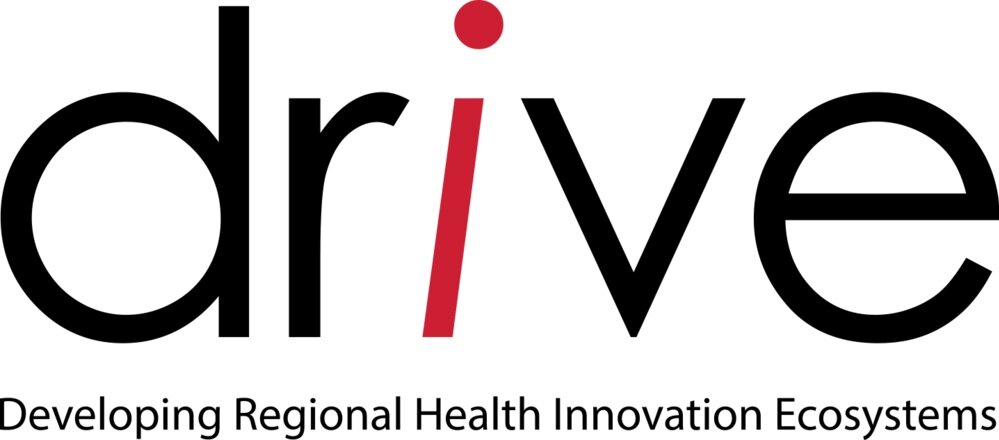Researching health ecosystems - how do we do it?
The DRiVE team are gathering information about global technology and innovation entities that invest in and research health and aging. This information is available to you! We have entered the entities into a database which has been uploaded on our website through Scribble Maps. On the map we have the main contact information of these organizations which include hubs, clusters, institutes, networks, ecosystems, incubators and labs. Our map is consistently updated and expanded as we continue researching and contacting new entities.
Within Canada, approximately 25 organizations were included in our research and were contacted. While innovation in health technology is a focus for many of these organizations, very few of the entities have a specific focus on developing health technology for the aging population. Currently, the areas of focus include general medical research, patient-oriented care, and general health care technology. It is interesting to note that while Canada is currently expected to have a much larger elderly population within the next two decades, there is not a large focus on technological innovation specifically directed towards this demographic.
Different South American entities that focus on health using technology have been contacted in Mexico, Brazil, Chile, Colombia, Argentina and Uruguay. Many of them are startup accelerators and universities that organize competitions, programs, and calls for projects that foster and support entrepreneurship in health and aging, as well as including them in their portfolio for continued investment on research on these specific fields. Moreover, some of the entities have developed research around pathologies that are associated with aging, or that target problems that generate an impact in their society.
Europe and the United States have also been extensively reviewed, with approximately 70 entities that were originally contacted for more information on their specialities in health technology. The large geography of the areas allowed for us to pinpoint specific hotspots for innovation in health and aging, such as Boston, MA and Cambridge, UK.
So far, the data that we have collected and inputted in our database has been available on our website, and presented at a conference focused on aging innovation, where researchers in the field interacted with it. This was an excellent opportunity for us to gather their feedback on where else to look for entities and point out any institutes that we might not have come across.
We are very excited to continue our data collection and build a comprehensive map highlighting organizations who are leading the way for innovation in health and aging.
If you are from an innovation entity such as a hub or accelerator, and don’t see your site listed on our global map, please get in touch and provide us with some basic information. We would be delighted to add you to our map and to promote your site amongst our growing network.

